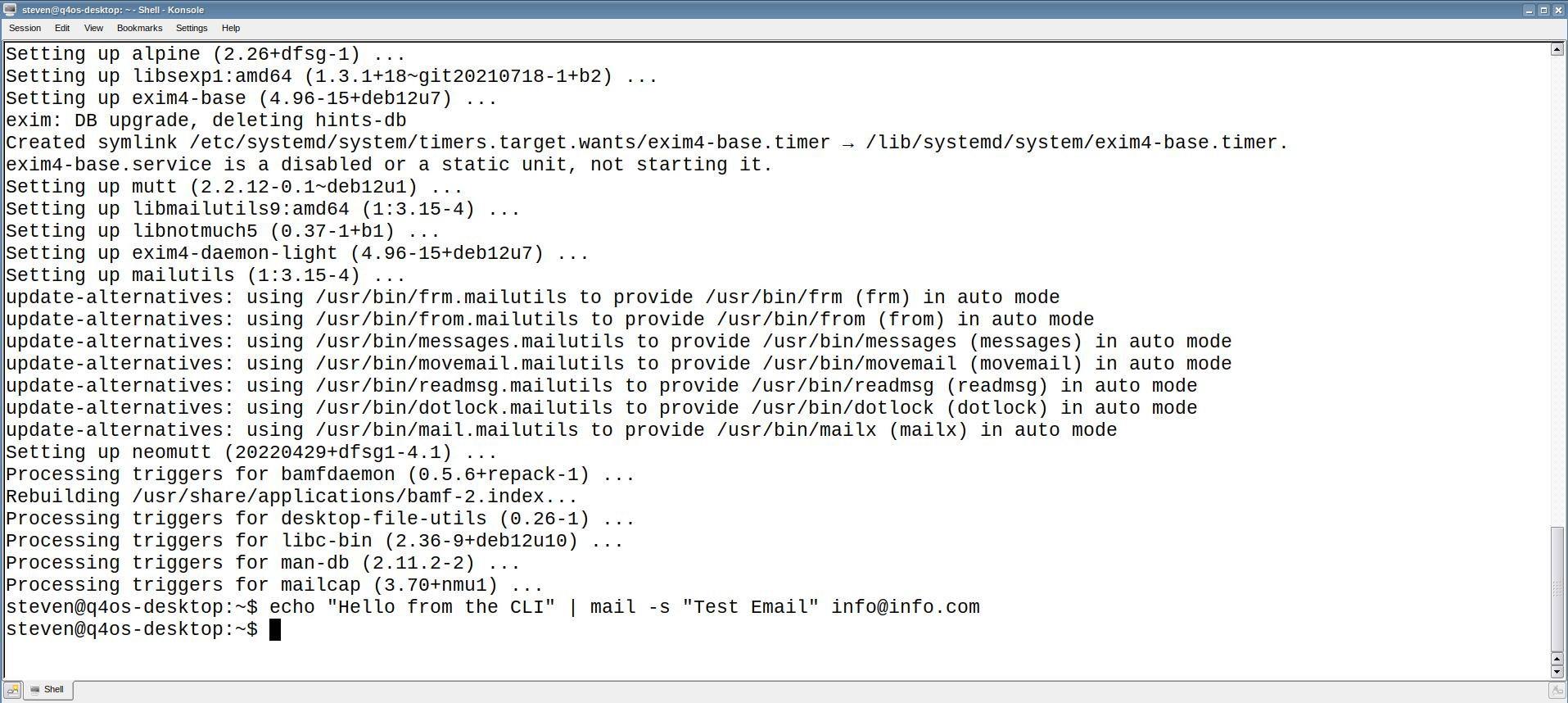Linux, once primarily known as an operating system for developers and server environments, has rapidly evolved into a gaming platform of choice for many enthusiasts. With the growing availability of native Linux games, compatibility layers like Proton, and improved driver support from GPU manufacturers, gaming on Linux has become more accessible and enjoyable than ever before. However, to ensure the best gaming experience, it’s crucial to optimize your Linux system for performance. In this article, we’ll explore various tips, tricks, and tools to enhance gaming performance on Linux without compromising stability or usability.
Understanding Hardware Compatibility
Before diving into optimization techniques, it’s essential to ensure that your hardware is fully compatible with your chosen Linux distribution. While most modern hardware is well-supported, some components may require additional drivers or firmware updates for optimal performance. Checking compatibility lists and forums specific to your hardware can provide valuable insights and solutions to potential issues.
Choosing the Right Graphics Drivers
Graphics drivers play a significant role in gaming performance on Linux. Depending on your GPU manufacturer (NVIDIA, AMD, or Intel), you have different options for drivers:
- Proprietary Drivers: NVIDIA’s proprietary drivers often offer the best performance and compatibility for gaming. Installing the latest version directly from NVIDIA’s website or using distribution-specific repositories can provide significant performance improvements.
- Open-Source Drivers: AMD’s open-source drivers (AMDGPU and RadeonSI) are well-integrated into the Linux kernel and offer excellent performance for many games. Keeping your kernel and Mesa libraries up-to-date can ensure optimal performance and compatibility.
- Intel Integrated Graphics: While Intel’s integrated graphics drivers are usually included in the Linux kernel, updating to the latest kernel version can provide performance enhancements and compatibility improvements for newer Intel GPUs.
Optimizing System Settings
Once you’ve ensured proper hardware compatibility and installed the appropriate graphics drivers, you can fine-tune various system settings to maximize gaming performance:
- Kernel Parameters: Tweaking kernel parameters such as CPU governor, I/O scheduler, and power management settings can help improve responsiveness and reduce latency during gaming sessions. Tools like
sysctland kernel management utilities make it easy to adjust these settings. - CPU Affinity and Priority: Assigning specific CPU cores to your games and prioritizing their execution can minimize interference from other system processes and background tasks. Utilities like
tasksetandniceallow you to manage CPU affinity and process priority effectively. - Memory Management: Optimizing memory usage and swapping behavior can prevent performance degradation during memory-intensive gaming sessions. Adjusting swappiness, using a zRAM swap device, and monitoring memory usage with tools like
htopcan help identify and resolve memory-related issues. - File System Optimization: Choosing the right file system and optimizing disk I/O can improve loading times and reduce stuttering in games. While most Linux distributions default to ext4, alternatives like Btrfs and XFS offer features like transparent compression and improved performance for SSDs.
Utilizing Gaming-specific Tools
Several specialized tools and utilities are available to enhance gaming performance on Linux:
- Lutris: Lutris is a gaming platform that simplifies the installation and management of games from various sources, including Steam, GOG, and emulators. It provides compatibility layers like Wine and Proton, along with optimization options for specific games.
- GameMode: Developed by Feral Interactive, GameMode is a daemon that optimizes system performance and power management settings when running games. Enabling GameMode for supported games can improve frame rates and reduce input latency.
- MangoHud: MangoHud is a performance monitoring overlay that displays real-time metrics like FPS, CPU/GPU usage, and frame times in games. It helps identify performance bottlenecks and optimize game settings for smoother gameplay.
Conclusion
Optimizing Linux for gaming requires a combination of hardware compatibility, driver support, system settings, and specialized tools. By following the tips and techniques outlined in this article, you can enhance gaming performance on your Linux system and enjoy a smoother and more enjoyable gaming experience. Whether you’re a casual gamer or a hardcore enthusiast, maximizing gaming performance on Linux is within reach with the right knowledge and tools at your disposal.
Linux and the Internet of Things: Powering the Smart Future
When most people think of the Internet of Things (IoT), they picture the visible layer: smart thermo…
SELinux Demystified: A Deep Dive into Kernel-Level Security 2025
Security-Enhanced Linux (SELinux) is one of the most powerful—and often misunderstood—security mecha…
Send Email from the Linux Terminal Command Line
For many system administrators, developers, and Linux power users, the command line remains the most…


